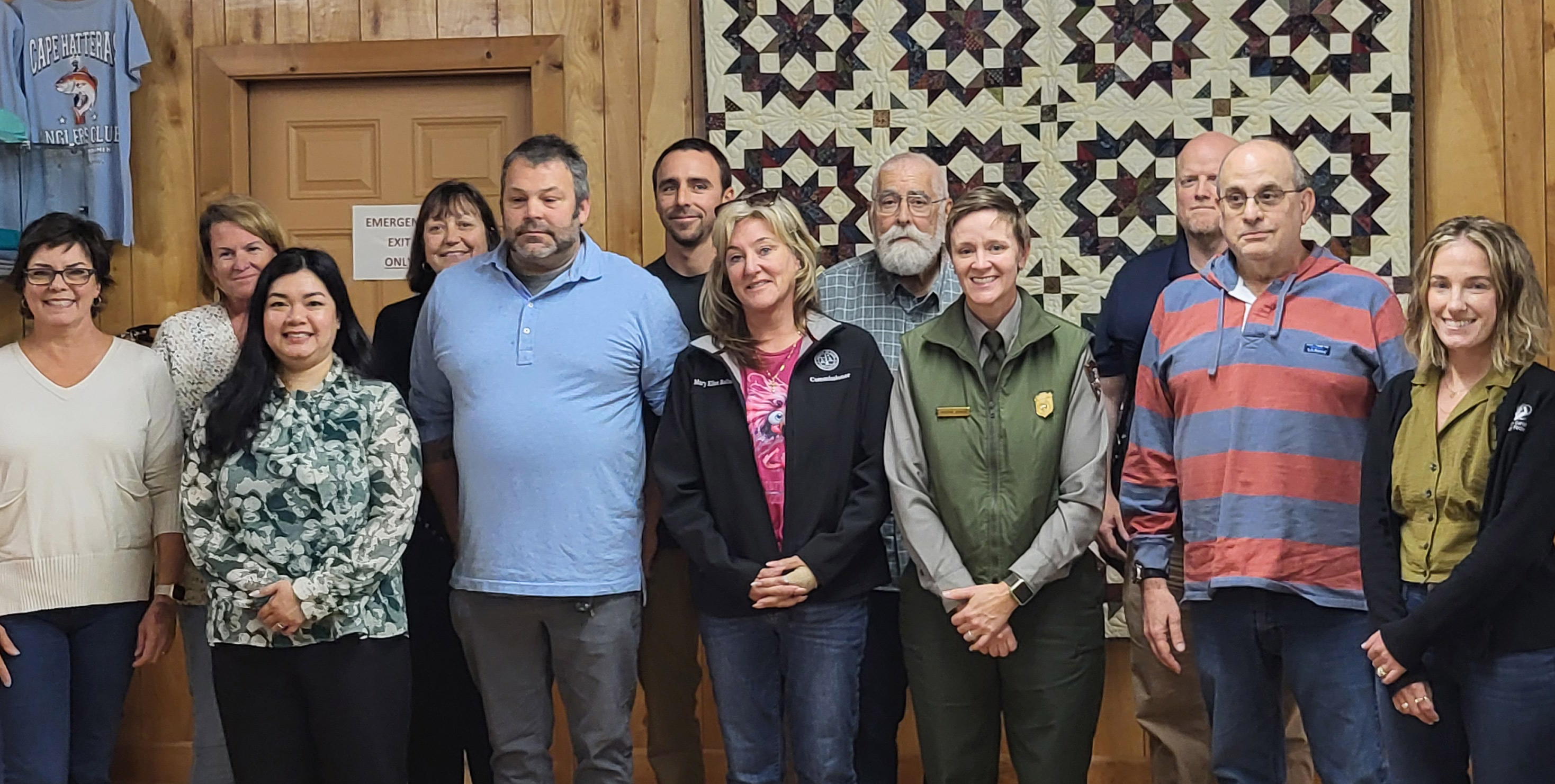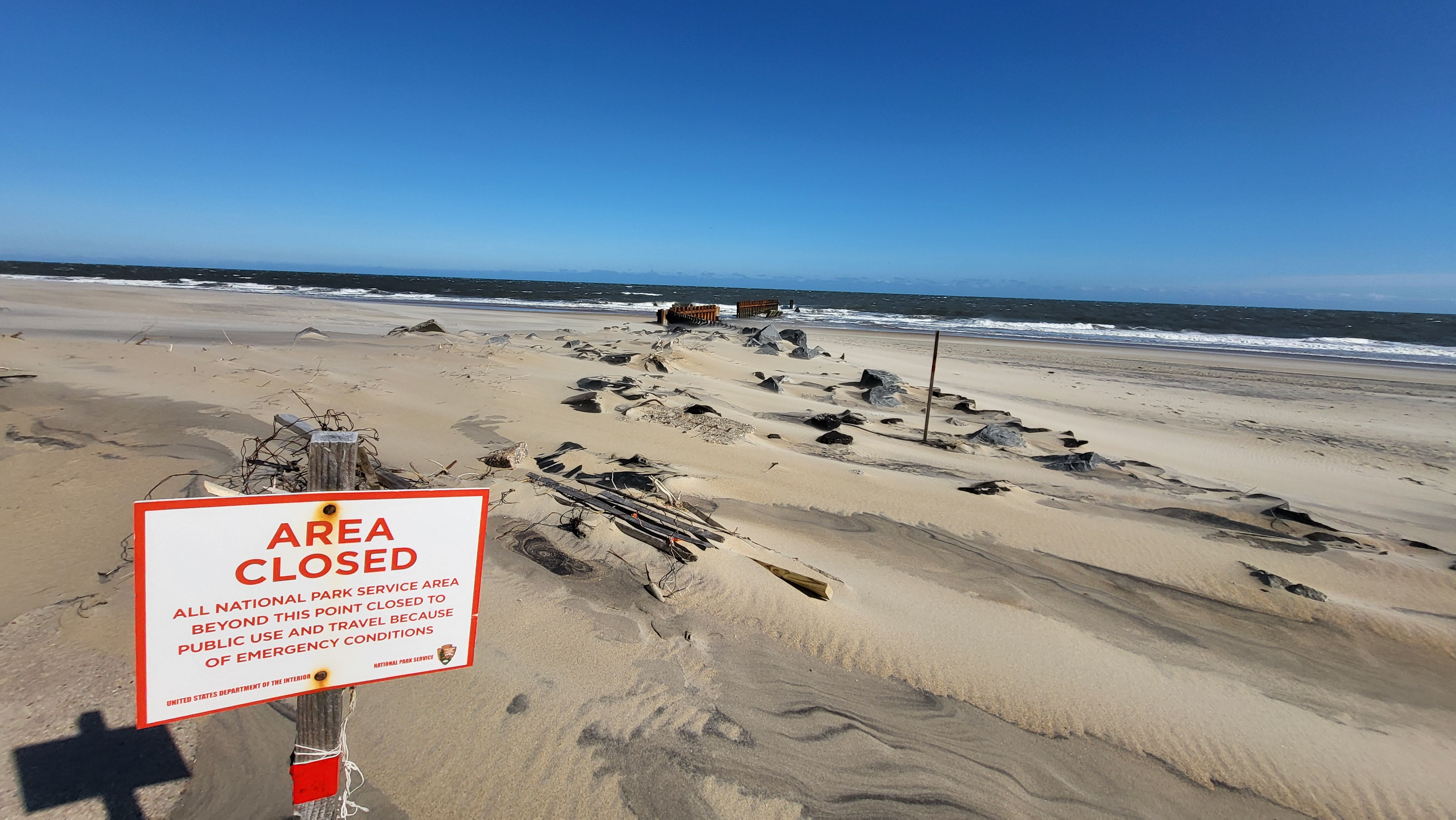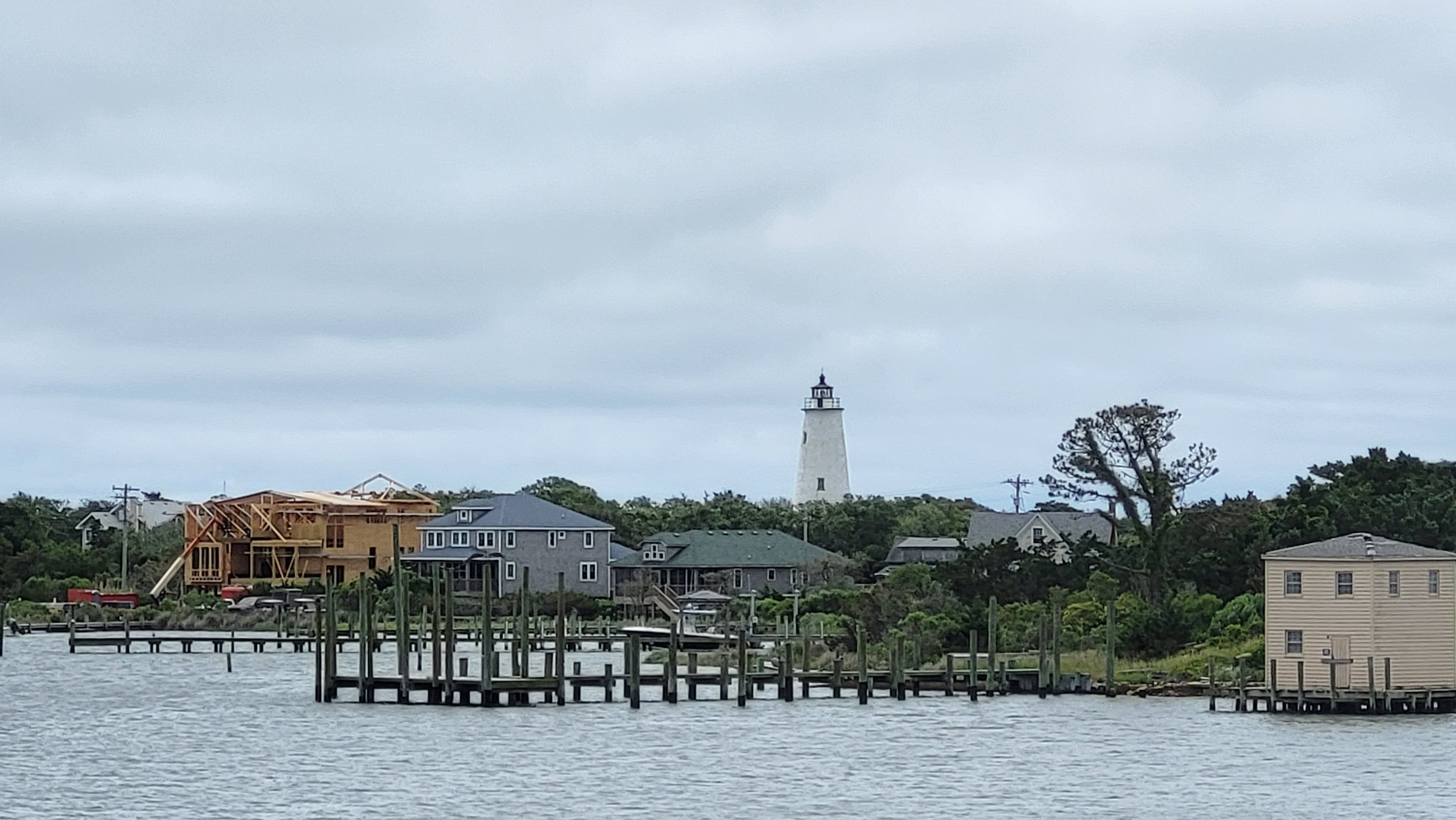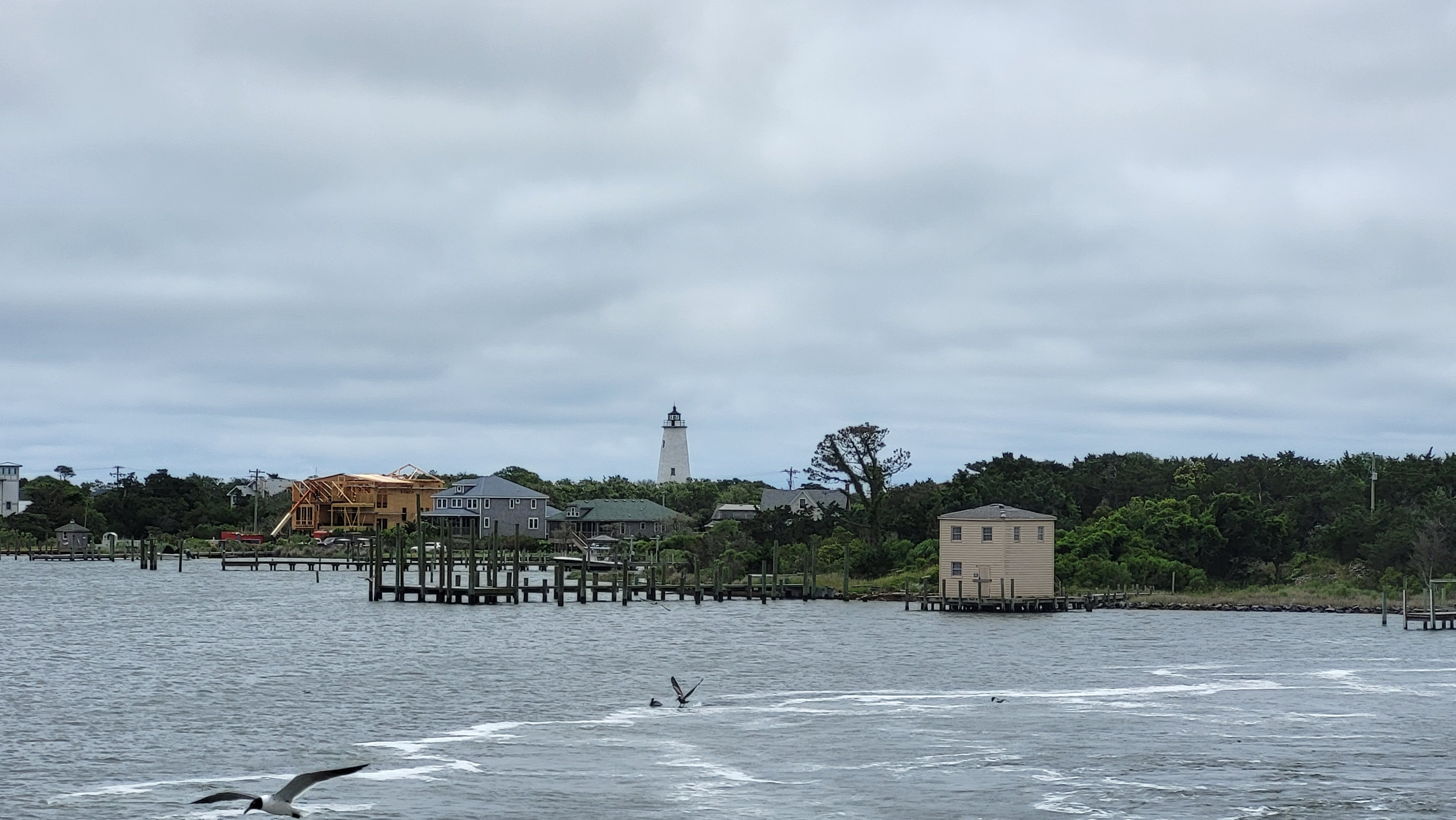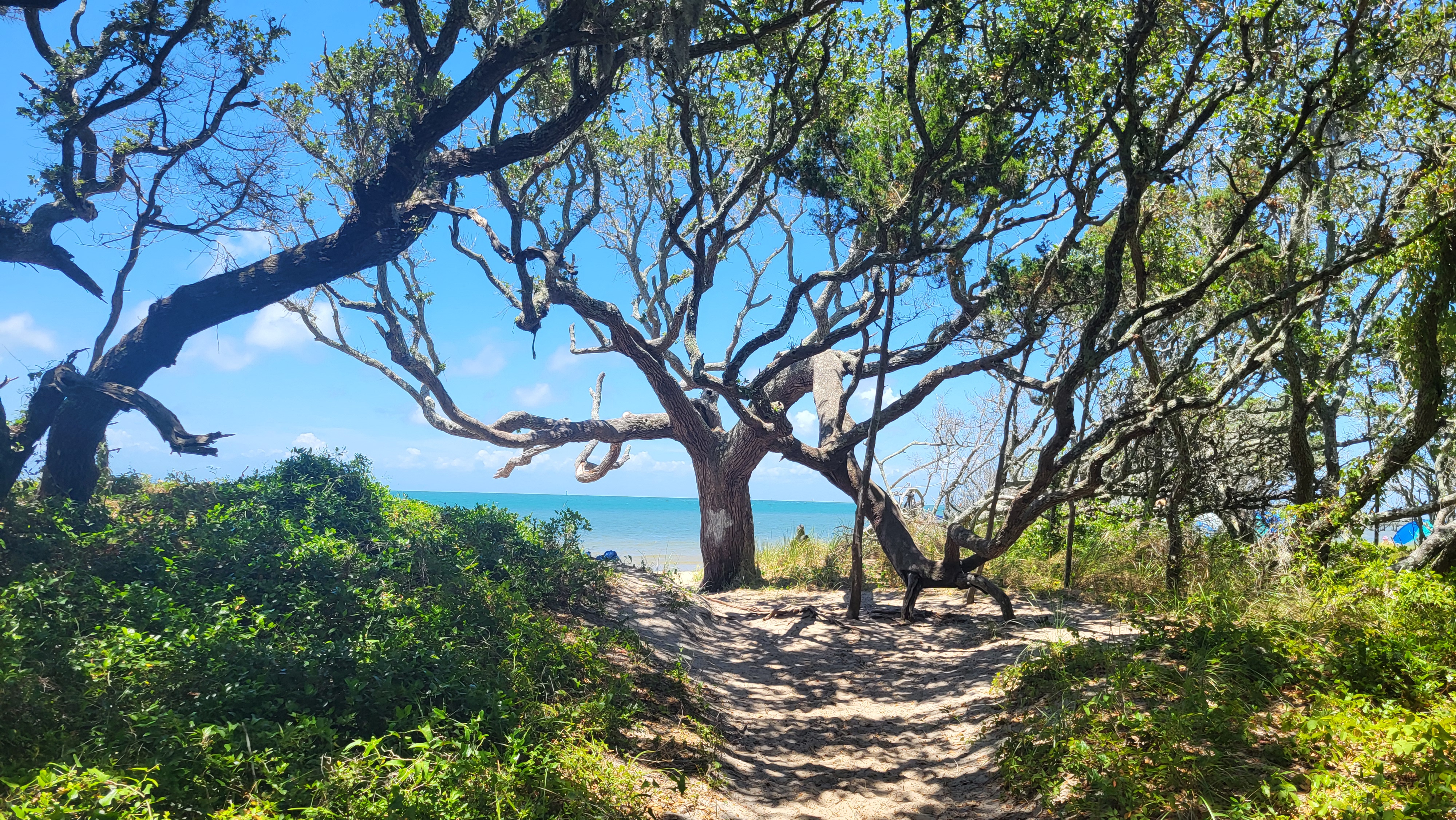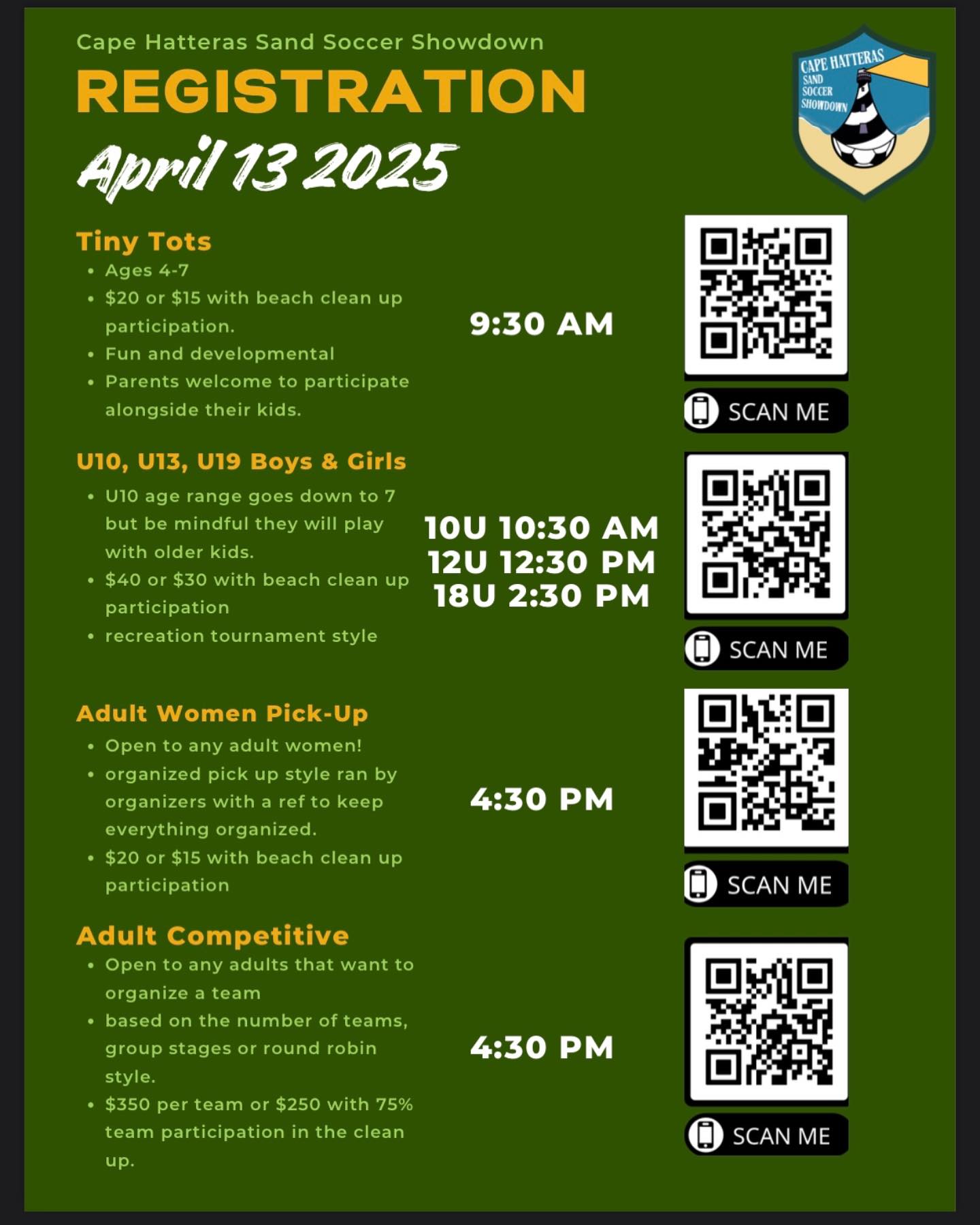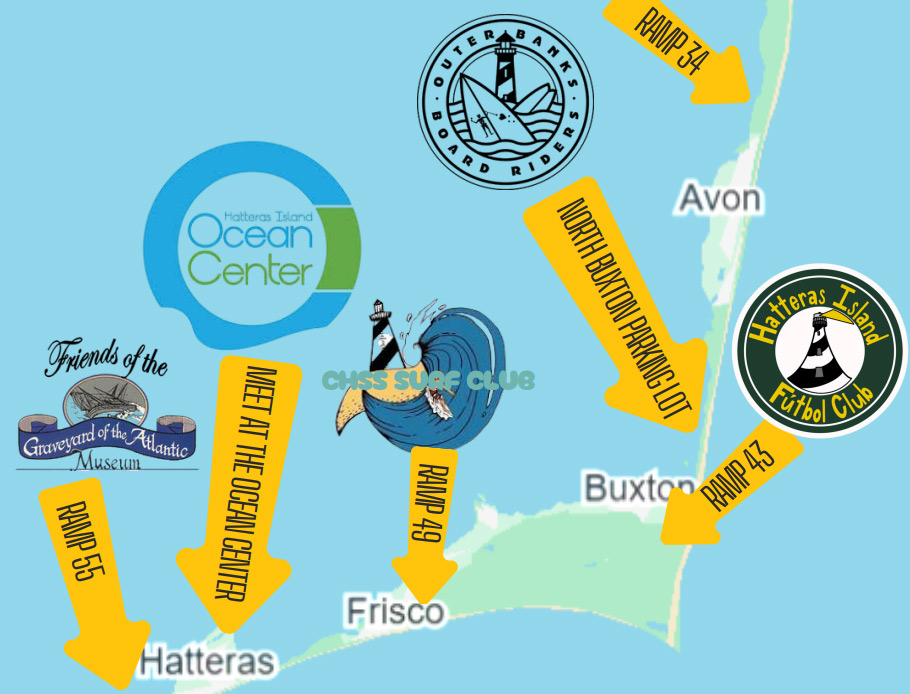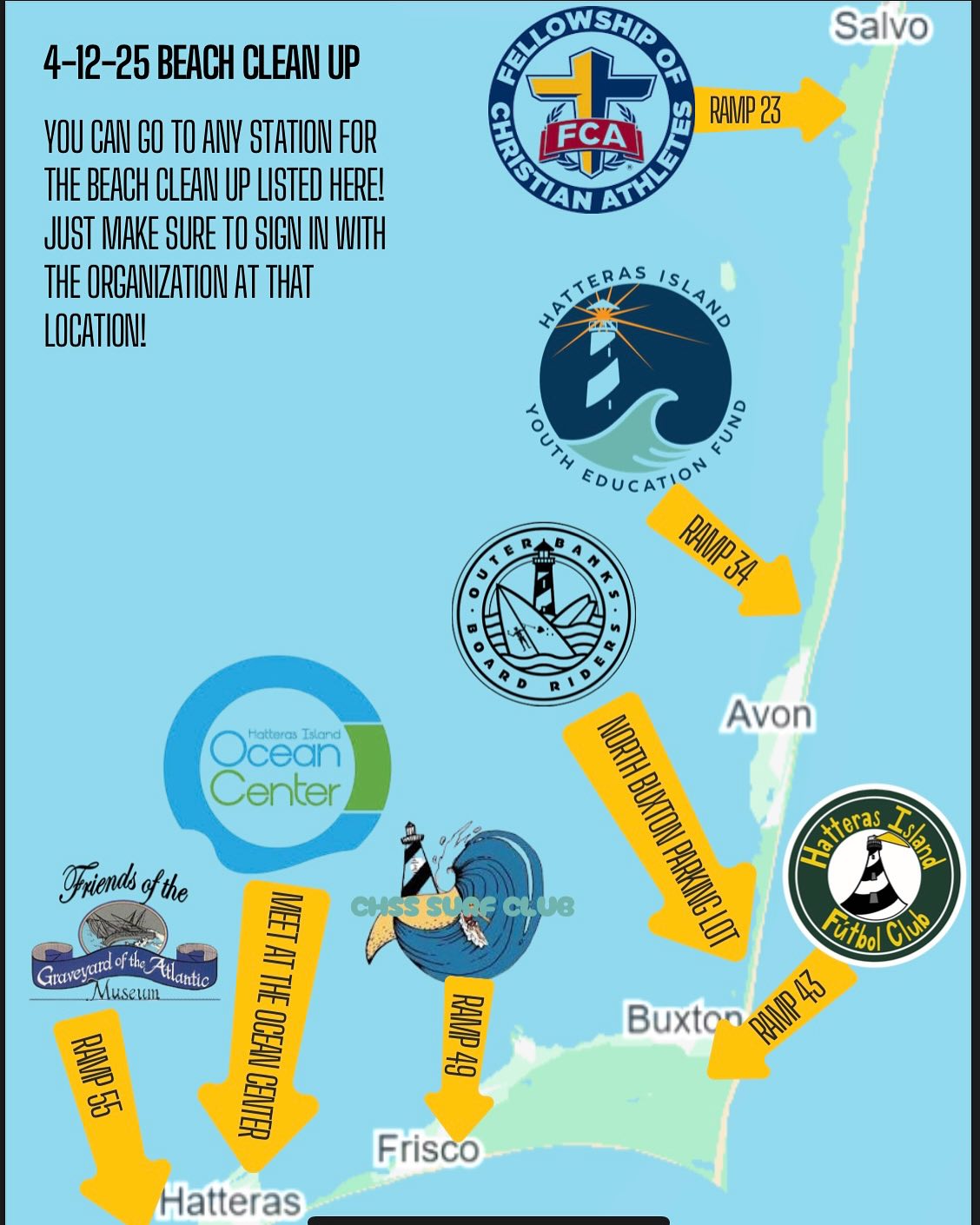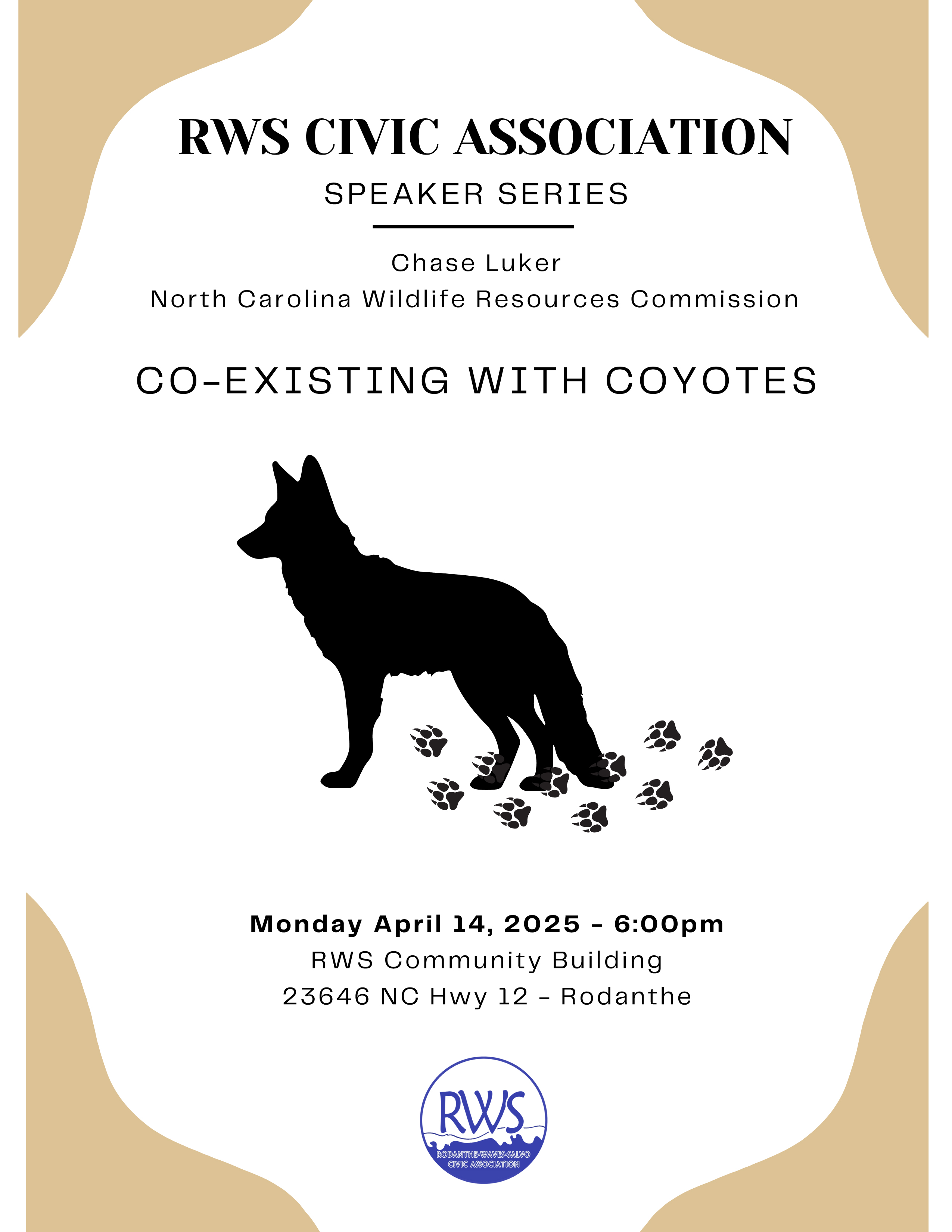Night Sky: August Looks Good for Perseids Meteor Shower
GERRY LEBING
GERRY LEBING
The Perseids meteor shower will peak the night of August 12-13. There are a number of reasons the Perseids are considered the best meteor shower of the year:
It’s a high volume meteor shower. The Perseids are known for counts of 100 shooting stars per hour.
It’s a bright meteor shower. The Perseids are reknown for their brightness and very often there are some fireballs mixed in with the shooting stars.
They’re easy to find. The Perseids appear to originate near the constellation, Cassiopeia. Cassiopeia is really easy to find and recognize. Start by looking towards the northern horizon. Look for a well defined “W” formed by five fairly bright stars. That’s Cassiopeia; the Perseids will appear to be a little behind and below it.
The Perseids are literally visible all night. As darkness falls, the center of activity will appear to be near the NE Horizon. On a clear night, you should be able to see meteor activity starting around 10 p.m. Viewing gets better as the night goes on.
Timing is everything. The moon won’t be very bright on August 12. The new moon is on August 11; its brightness won’t obscure the meteor shower.
Here is a fair image I got of Mars during its close approach to us last month:
I also got this fairly good image of Saturn:
What to look for in August 2018
.
August starts with Venus, Jupiter, Saturn and Mars all visible in the evening sky! This pattern will persist throughout the month.
August is also a good month to look for some major nebula. The Trifid (M20), Eagle (M16), Omega (M17), and Lagoon Nebula (M8) are all visible in the band of the Milky Way that appears in the Southern sky. All four nebulae are bright objects that you might be able to see with your naked eye or a pair of binoculars.
There is another object in that band of the Milky Way, you can definitely spot with your naked eye – it’s M24, the Sagittarius Star Cloud. It’s going to be really easy to find in the beginning of August. Simply locate Saturn and look a little bit above and back to the East. You’ll see a very bright area that will almost look like a small glowing cloud. That’s M24, the Sagittarius Star Cloud!
Moon Phases:
Last Quarter is August 4
New Moon is the August 11
1st Quarter is August 18
Full Moon is August 26
(Gerry Lebing is a retired computer scientist with the U.S. Geological Survey in Washington, D.C. He has visited Hatteras Island since the mid-1970s. He and his wife, Karen, have owned property here for several years and moved to their home in Waves full-time in 2013. Astronomy is a subject that Gerry says he has always been interested in and one that he pursues seriously — he’s built an small observatory next to his house. You can send him questions about the night sky through e-mail, gerrylebing@yahoo.com.)







